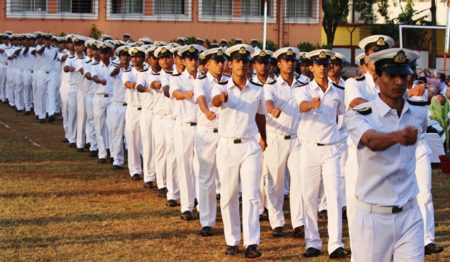Wages for officers have stagnated over the last decade rising by 1% annually since 2008, and increases look set to remain modest in coming years.
In a presentation to the recent CrewConnect conference in Manila, Martin Dixon, head of research products for Drewry, said that on average ratings salaries grew by 1% over the last 12 months while for officers the increase was slightly under 1%. The figures for 2018 were similar to the annual averages for the last decade with wages for officers rising by an average of 1% annually.
In 2017 there was actually an average 2% fall in wages for a tanker Master with and an increase of half a percent this year.
In some of the specialist sectors there has been a wide variation in annual wage rises. For an LNG Master average wage rises between 2016 and 2018 varied between 6.8% for a Lativian national to just 0.1% for a Spanish LNG Master.
Looking ahead, seafarer costs are expected to rise modestly rising by less than inflation over the next five years to 2023.
The low wage rises for seafarers reflect a depressed shipping market over the last decade and despite the backdrop of a continued “theoretical shortage” of officers. The shortage is termed as theoretical as there are no reported incidents of ships being able to sail due to a lack of crew.
The theoretical shortage of officers has, however, been declining from around 5% in 2013 to around 2% at present backed by slowing fleet growth.
“The view is the officer shortage will continue through to 2023,” Dixon said, although the shortage was described as being “small”.
